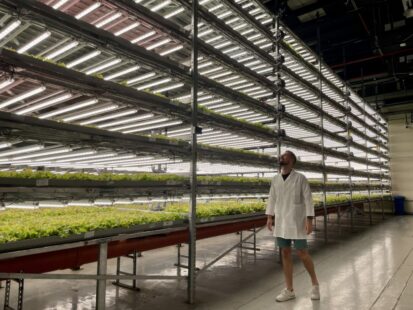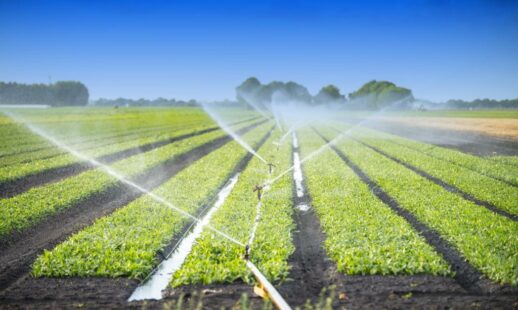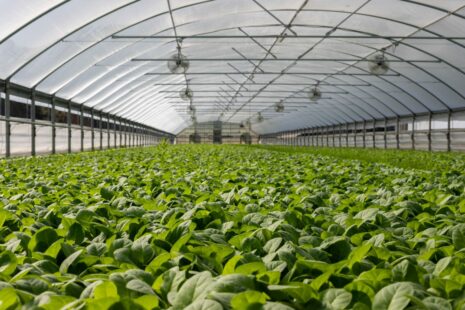

In the world of agriculture, proper harvesting is one of the crucial processes that determine whether the season has been successful. There are various ways in which the fruit industry handles its harvesting procedure. It is majorly dependent on the type of crop that is being harvested. For instance, if the crop may be harvested through a certain type of machinery then that may be utilized.
COMMON FRUIT HARVESTING METHODS
Hand Harvesting
Harvesting with Machinery
Many times, stringently categorizing these methods is not possible because they may overlap.
HAND HARVESTING
The method of hand harvesting is exactly as it sounds! Here, the fruit picker harvests the produce without the aid of any particular hand tool. However, some additional materials that may be utilized are picking carts or an appropriate container.
MACHINE HARVESTING
Fruit picking in Australia is also completed through machine harvesting. This usually comes into action while harvesting tree fruits. Some examples include fresh figs, peaches and clementine.
FRUIT PICKING JOBS IN AUSTRALIA
The Australian nation is truly abundant when it comes to fresh produce. They are grown across all states and each state specializes in particular types of fruits and vegetables. Hence, those individuals pondering over a career in agriculture can opt to venture into the world of fresh produce. Not only does it empower people to think innovatively, but it also develops careers in unthinkable ways. Usually, fruit picking jobs are casual, short term opportunities, perfect for those who want to experiment with their career choice before arriving at a concrete decision. The main duties of a fruit picker are as follows:
Operating farm machinery to ensure the proper harvesting of fruits
Selecting fruits according to their freshness and ripeness, whilst discarding any over-ripened or rotten produce
Loading the picked fruit into containers so that damage can be strictly avoided
Sorting and packing produce into individual categories
WORKING CONDITIONS PREVALENT IN AUSTRALIA
Fruit pickers in Australia will be challenged to show their adeptness in a diverse atmosphere. Whether it is a high-tech, large-scale farming set-up or a homely, small farm, they must exhibit their trait to adapt to various conditions. They may work from ladders or mechanical hoists when they are picking tree crops, or they may have to stoop to pick field and vine crops. Gloves may be worn to protect hands from thorny branches. The weather conditions can be extreme. For example, circumstances may be hot, dusty, humid or rainy, but work usually continues in these conditions to ensure the harvest is completed on time. Additionally, harvesting work is seasonal and pickers may travel long distances after picking one crop to get to their next job. It must also be noted that accommodation may be provided by some employers; however, they are not guaranteed in every setup.
REQUIREMENTS OF A FRUIT PICKER
In Australia, fruit picking jobs are as abundant as the variants of fruits themselves. This means a determined individual is guaranteed to discover a role that suits them. However, there are some requirements that a fruit picker must possess.
Willing to work outside in adverse conditions
Reliable and self-motivated
Able to work under pre-determined time frames in all weathers
Able to withstand the physical challenges
Must be free from any skin conditions that may be aggravated by agricultural chemicals
Therefore, being a valuable part of a farm set-up that deals with fruits and other fresh produce may be just the push your career is looking for!

The first commercial-scale solar-powered and carbon-neutral farm in Australia could be on the horizon. However, instead of large farm fields, it’ll be placed within city buildings. Eden Towers, based in Western Australia, has announced intentions to build four 12-meter-high growth tower platforms for a precision-controlled indoor habitat where plants can thrive without soil all year. The […]
Read More →
Irrigation covers only 5% of Australia’s tilled agricultural land but delivers 30% of total agricultural output. Agriculture utilises 50-70 percent of Australia’s annual water use, with irrigation accounting for 90 percent of that. Regulations and licences govern the vast bulk of irrigated water use. Irrigators require a permit to draw specific amounts of water from […]
Read More →
Due to the fact that some farmers in the flood zone plant their crops under cover, they were mostly unaffected when lettuce prices spiked to $10 as a result of the catastrophic weather in New South Wales and Queensland. According to experts, protected cropping may hold the answer to maintaining cabbage in its proper place—in […]
Read More →